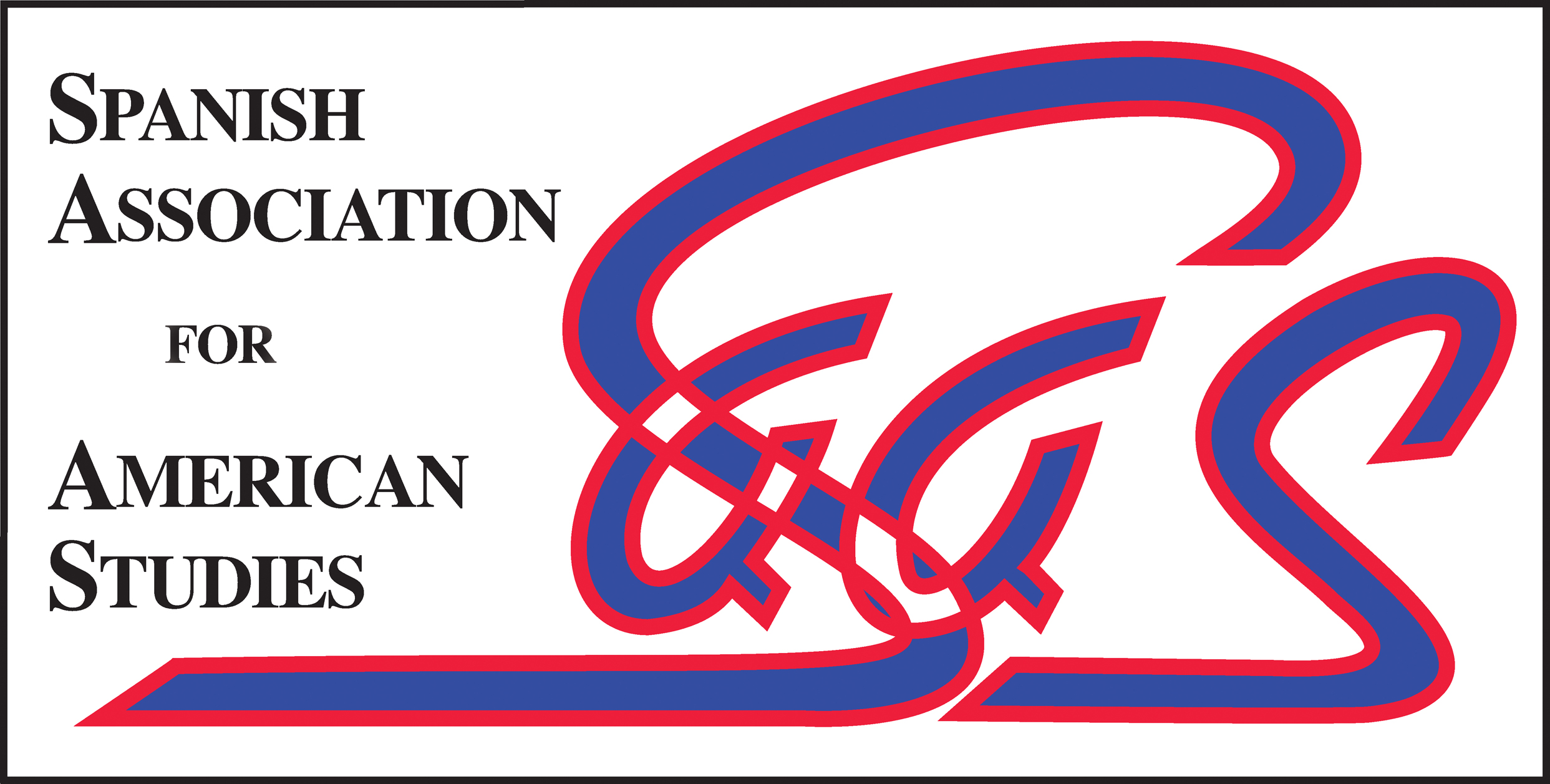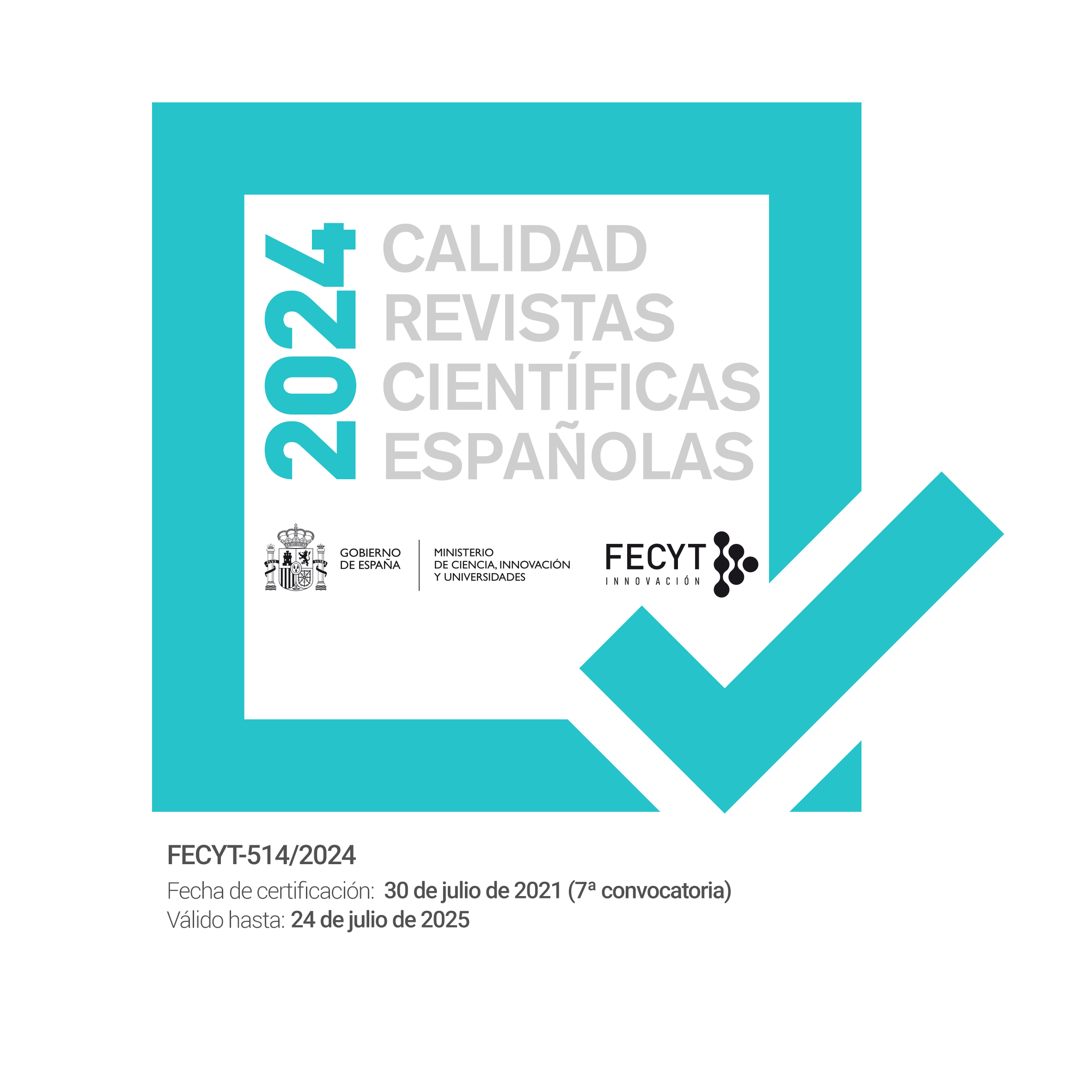Transhumanism in Dave Egger’s The Circle: Utopia vs. Dystopia, Dream vs. Nightmare
Abstract
ABSTRACT: Although transhumanism counts with the support of a growing number of followers, some critics and writers of fiction have recently warned about the detrimental effects that some particular technologies may have on human beings. Dave Eggers‘ 2013 The Circle is a novel that overtly deals with the possible dangers of transhumanism. Set in the near future, the novel places particular emphasis on social media tools and surveillance devices. This paper aims to explore some textual strategies the novel uses to set the debate over human enhancement technologies. More specifically, it argues that, by using a series of narrative strategies which ultimately make readers realize the dehumanization that social media tools and surveillance devices bring about, Eggers stresses the need to adopt a critical stance towards these technologies, avoiding the temptation of being carried away by their appealing promises.
RESUMEN: Si bien el movimiento transhumanista cuenta con el apoyo de un número creciente de adeptos, algunos críticos y escritores de ficción nos han advertido recientemente de los efectos negativos que ciertas tecnologías pueden tener sobre los seres humanos. El círculo (2013), de Dave Eggers, es una novela que aborda los posibles peligros del transhumanismo. Ambientada en un futuro cercano, esta novela pone especial énfasis en las redes sociales y los dispositivos de vigilancia. El presente artículo ofrece un análisis de las estrategias textuales utilizadas en la novela para establecer un debate en torno a las tecnologías de mejora humana. Más concretamente, este trabajo sostiene que, mediante el uso de una serie de estrategias narrativas que nos advierten, en última instancia, de la deshumanización que las redes sociales y los dispositivos de vigilancia conllevan, Eggers nos muestra la necesidad de adoptar una posición crítica con respecto a estas tecnologías.















